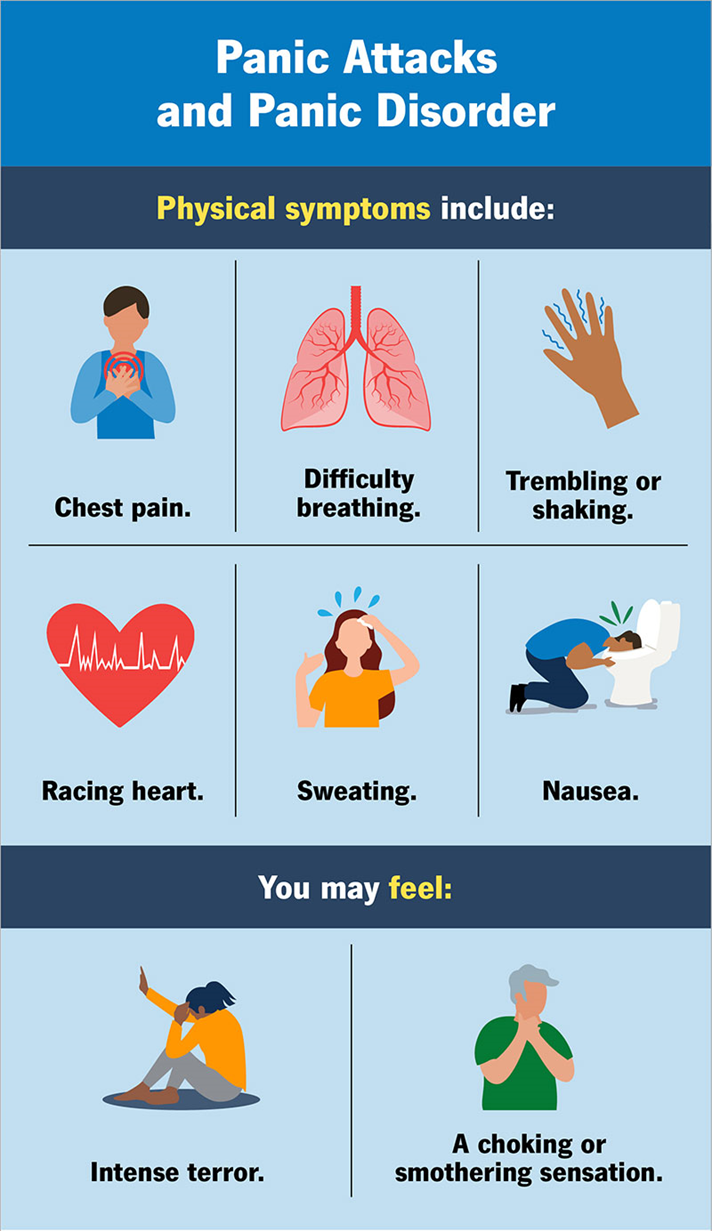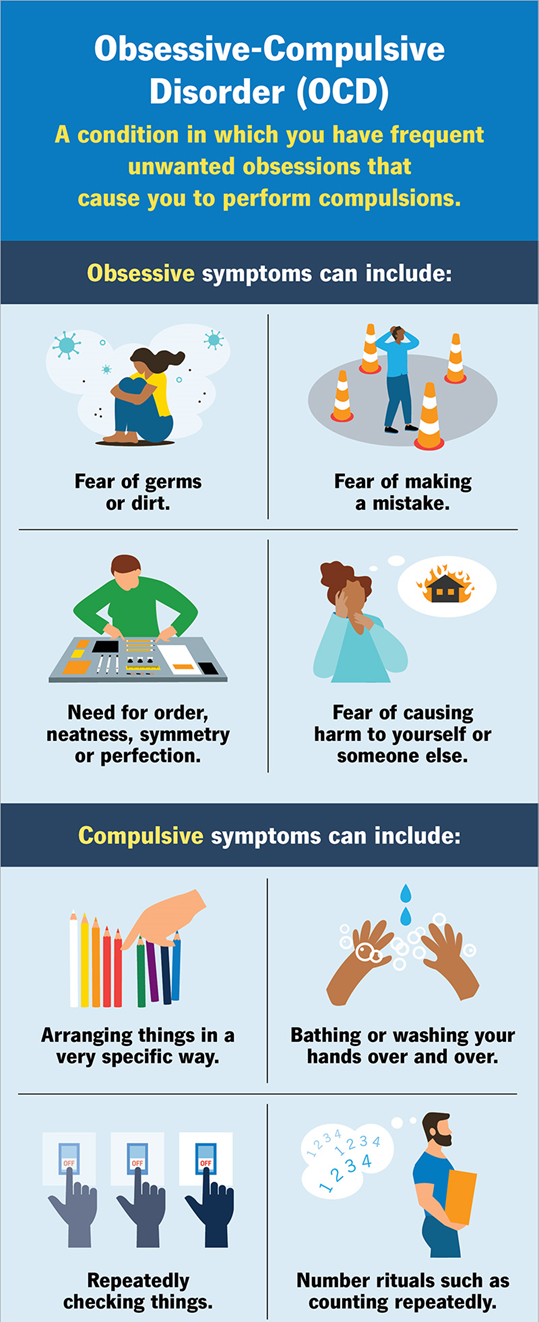An inpatient on the psychiatric unit is having a panic attack. An appropriate nursing intervention at this time would be to:
Increase external stimuli.
Stay with the client and speak to them in a calm manner.
Allow the client to have their requested space.
Review the updated problem list with the client.
The Correct Answer is B
Choice A Reason:
Increase external stimuli.
Increasing external stimuli is not appropriate during a panic attack. Panic attacks are characterized by intense fear and anxiety, often accompanied by physical symptoms such as rapid heartbeat, sweating, and shortness of breath. Increasing external stimuli can exacerbate these symptoms and heighten the client’s distress. The goal during a panic attack is to reduce stimuli and create a calming environment to help the client regain control.
Choice B Reason:
Stay with the client and speak to them in a calm manner.
This is the correct response. Staying with the client and speaking to them in a calm manner provides reassurance and helps to ground them during the panic attack. The presence of a calm and supportive nurse can help reduce the client’s anxiety and provide a sense of safety. This approach aligns with therapeutic communication techniques and is effective in managing acute anxiety episodes.

Choice C Reason:
Allow the client to have their requested space.
While it is important to respect a client’s need for space, leaving them alone during a panic attack may not be the best approach. Clients experiencing panic attacks may feel overwhelmed and frightened, and the presence of a supportive nurse can help them feel safer and more secure. It is important to balance the client’s need for space with the need for support and reassurance.
Choice D Reason:
Review the updated problem list with the client.
Reviewing the updated problem list is not appropriate during a panic attack. This action requires cognitive engagement and focus, which the client may not be capable of during an acute anxiety episode. The priority during a panic attack is to help the client calm down and manage their immediate symptoms, not to discuss or review problems.
\
Nursing Test Bank
Naxlex Comprehensive Predictor Exams
Related Questions
Correct Answer is ["A","C","E"]
Explanation
Choice A Reason:
Restating involves repeating what the client has said in order to show understanding and to encourage them to continue talking. This technique helps to clarify the client’s thoughts and feelings, ensuring that the nurse accurately understands the client’s message. It also demonstrates active listening and empathy, which are crucial components of therapeutic communication.
Choice B Reason:
Giving advice is generally considered a non-therapeutic communication technique. It can imply that the nurse knows best and can undermine the client’s autonomy and decision-making abilities. Instead of giving advice, therapeutic communication focuses on helping clients explore their own thoughts and feelings to arrive at their own conclusions and solutions.
Choice C Reason:
Maintaining neutral responses involves responding to the client in a way that does not convey judgment or bias. This technique helps to create a safe and supportive environment where the client feels comfortable sharing their thoughts and feelings. Neutral responses can include nodding, making non-committal sounds like “mm-hmm,” and using phrases like “I see” or “Tell me more”.
Choice D Reason:
Asking the client “Why?” can be perceived as confrontational or judgmental, which can hinder open communication. It may make the client feel defensive or uncomfortable. Instead, therapeutic communication techniques involve asking open-ended questions that encourage the client to express themselves without feeling judged.
Choice E Reason:
Listening is one of the most fundamental therapeutic communication techniques. It involves giving the client your full attention, showing interest in what they are saying, and responding appropriately to their concerns. Active listening helps to build trust and rapport, making the client feel heard and understood.
Correct Answer is B
Explanation
Choice A Reason:
Draws attention and approval from significant others.
This statement is incorrect. Compulsive washing rituals in Obsessive-Compulsive Disorder (OCD) are not typically performed to draw attention or gain approval from others. Instead, these rituals are driven by an internal need to reduce anxiety and distress associated with obsessive thoughts. The primary function of these behaviors is to manage the individual’s own anxiety rather than to seek external validation.
Choice B Reason:
Provides temporary and partial relief from anxiety.
This is the correct response. Compulsive washing rituals in OCD are performed to alleviate the intense anxiety and distress caused by obsessive thoughts. Although the relief is temporary and partial, it reinforces the behavior, creating a cycle where the individual feels compelled to repeat the ritual to manage their anxiety. This temporary relief is a key characteristic of compulsive behaviors in OCD.

Choice C Reason:
Increases the inhibitory powers of their superego.
This statement is incorrect. The concept of the superego is related to Freud’s psychoanalytic theory, where it represents the internalized moral standards and ideals. Compulsive washing rituals in OCD are not performed to increase the inhibitory powers of the superego but rather to reduce anxiety and distress. The rituals are a response to obsessive thoughts rather than a means of enhancing moral inhibition.
Choice D Reason:
Blocks delusions and hallucinations from awareness.
This statement is incorrect. Delusions and hallucinations are more commonly associated with psychotic disorders, such as schizophrenia, rather than OCD. Compulsive washing rituals in OCD are not intended to block delusions or hallucinations but to manage anxiety related to obsessive thoughts. The focus of these rituals is on reducing distress rather than addressing psychotic symptoms.
Whether you are a student looking to ace your exams or a practicing nurse seeking to enhance your expertise , our nursing education contents will empower you with the confidence and competence to make a difference in the lives of patients and become a respected leader in the healthcare field.
Visit Naxlex, invest in your future and unlock endless possibilities with our unparalleled nursing education contents today
Report Wrong Answer on the Current Question
Do you disagree with the answer? If yes, what is your expected answer? Explain.
Kindly be descriptive with the issue you are facing.
